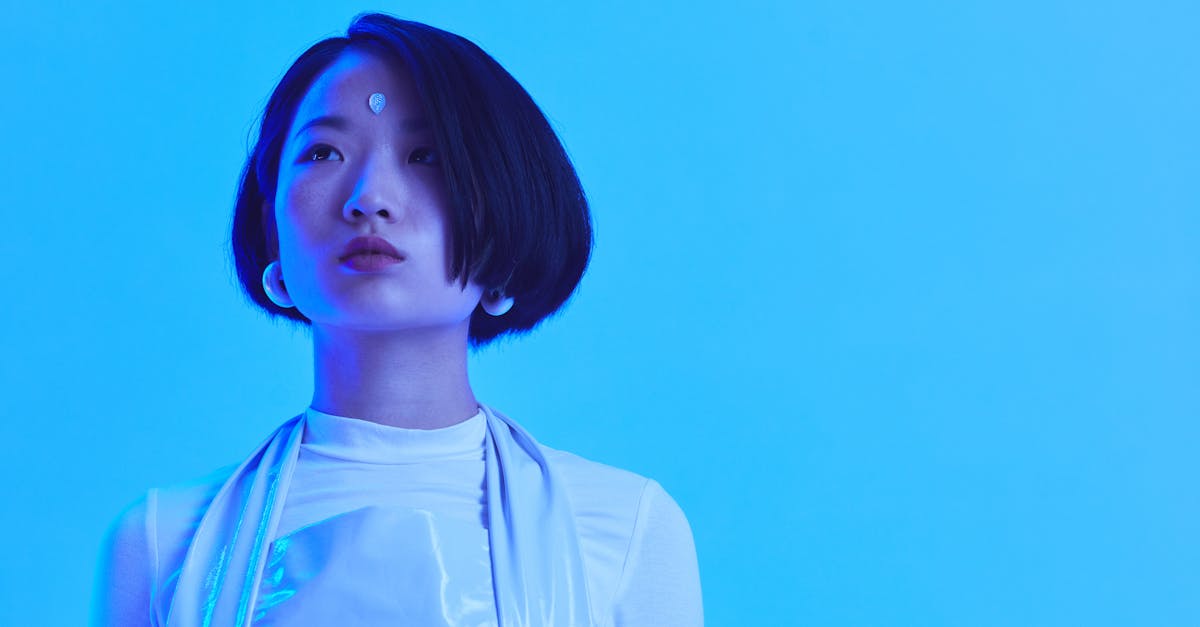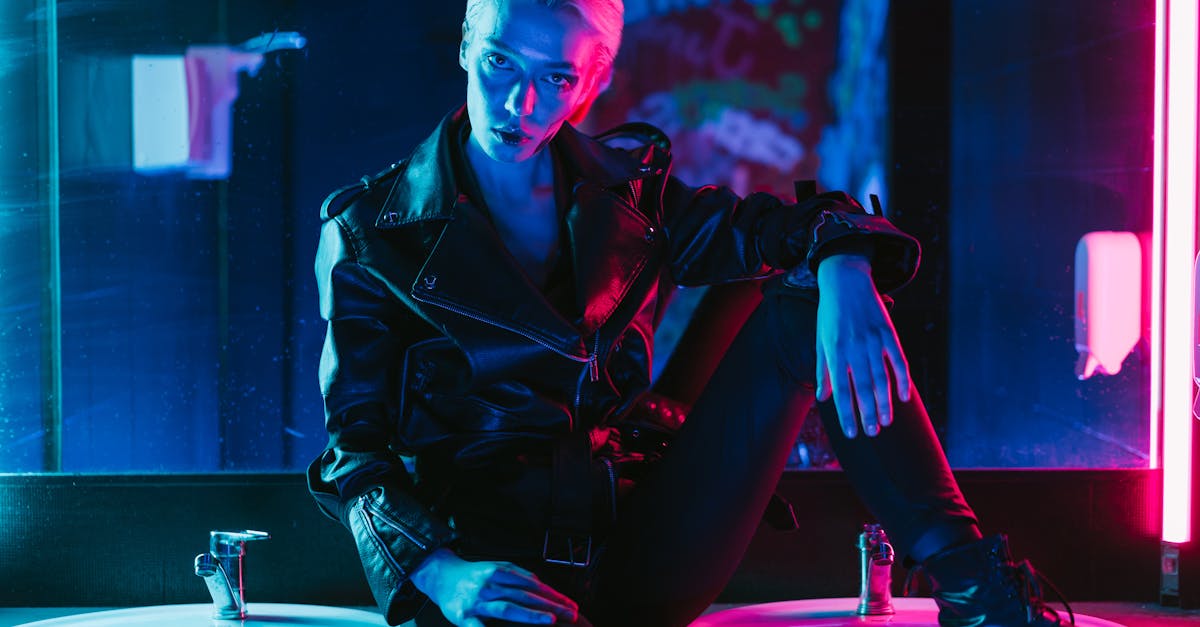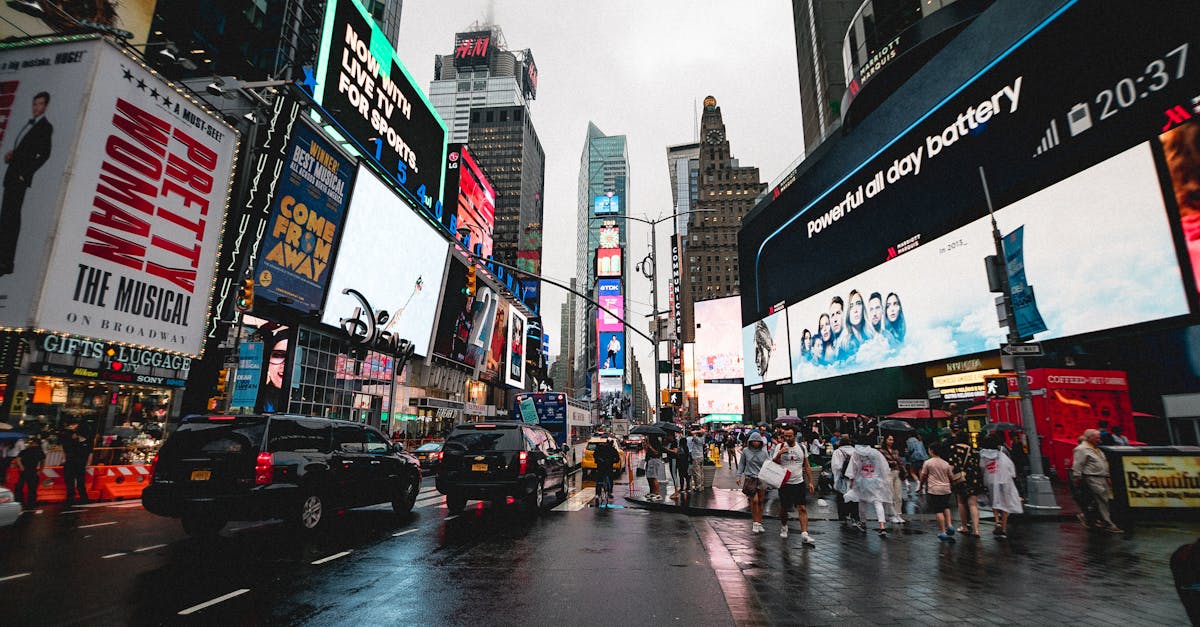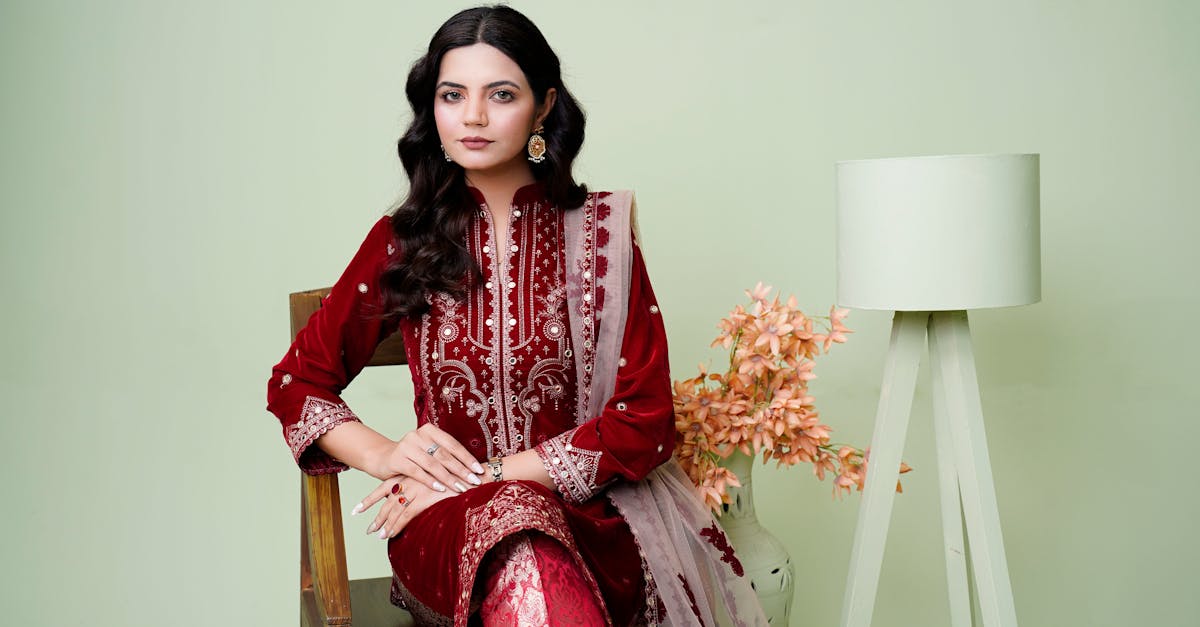Exploring the Fashion Futurism Frontier
Introduction to Fashion Futurism
Fashion is not just clothing; it is an expression of art, culture, and technology. As we advance into the 21st century, fashion futurism becomes increasingly significant. It represents the melding of imagination with innovation, highlighting trends that push boundaries of sustainability, technology, and design. Revolutionary materials, digital customization, and wearable technology redefine what fashion means today. In this article, we journey into the frontier of fashion futurism, exploring how it shapes industry and society. Fashion futurism is a playground for creativity, where the possibilities extend beyond traditional paradigms.
Advertisement
The Intersection of Technology and Fashion
Technology is revolutionizing the way we perceive and interact with fashion. The introduction of 3D printing in fashion allows for unprecedented customization and creativity. This technology enables designers to create intricate patterns and structures that were once impossible. Smart fabrics, embedded with sensors and electronics, are transforming clothing into interactive tools. Notably, major brands have integrated augmented reality into shopping experiences, whereby customers virtually try on outfits. This integration accelerates the move towards a seamless digital and physical fashion landscape, changing how consumers engage with clothing.
Advertisement
Sustainability and Future Fashion
Sustainability is a core pillar in the evolution of fashion futurism. With environmental challenges at the forefront, brands are turning to eco-friendly practices. Innovations in material science have led to biodegradable fabrics and recycled materials. Moreover, closed-loop supply chains and zero-waste production are becoming mainstream. Companies are also investing in plant-based textiles, such as mushroom leather and hemp, offering exciting alternatives to traditional fabrics. This emphasis on sustainability is not merely a trend but an essential shift to preserve our planet while maintaining style and elegance.
Advertisement
Digital Fashion and Virtual Reality
Digital fashion comes to life through avatars, virtual runways, and immersive reality experiences. Virtual garments, bought as Non-Fungible Tokens (NFTs), are a rising phenomenon, allowing users to express themselves digitally. Fashion shows have transcended physical spaces, creating access to audiences worldwide through virtual reality. This new realm offers opportunities for collaboration between designers and technologists to craft hyper-realistic, customizable attire. The boundaries between virtual and physical worlds blur, enabling endless innovation and outreach in the fashion industry.
Advertisement
Wearable Tech: Beyond Fashion
Wearable technology extends far beyond aesthetics. We see innovations like fitness trackers, smartwatches, and health-monitoring devices that serve both practical and fashionable purposes. Artists and designers are working on garments that change color or style with environmental interaction. "Smart apparel" that charges devices or reflects emotional states is on the rise. This fusion of fashion and function underscores a pivotal trend where utility meets design. Such innovations are primed to redefine lifestyle through the versatility and personalization of clothing.
Advertisement
Robot Couture and AI Design
Artificial Intelligence (AI) and robotics play an increasingly critical role in fashion design. AI-driven algorithms assist designers in predicting trends and consumer preferences. Robotic tailoring ensures precision in garment construction, facilitating mass customization at scale. Algorithmically generated designs explore aesthetic planes uncharted by human cognition. Digital tailoring and AI-driven styles encourage a reconceptualization of design processes, highlighting a symbiotic relationship between human creativity and machine precision. Fashion futurism leads the charge in transformative industry practices.
Advertisement
Cultural Fusion and Global Perspectives
Fashion futurism champions cultural fusion, drawing on global traditions while embracing future-forward designs. Innovators are merging diverse cultural aesthetics with modern materials to create hybrids that reflect global stories. This fusion respects heritage and honors craftsmanship while integrating avant-garde elements. Global perspectives within the industry confront stereotypes, celebrating individuality and diversity. Cross-cultural exchanges promote inclusivity and understanding, enriching fashion dialogues worldwide and positioning the industry as a unifying global force.
Advertisement
Challenges and Ethical Considerations
Within the vibrant possibilities of fashion futurism lie challenges that warrant examination. Balancing innovation with ethical responsibility is crucial. Issues like data privacy in wearable tech and environmental impacts of rapid digitalization need addressing. Moreover, industries must ensure inclusivity in technology access to avoid societal rifts. Ethical concerns around labor practices, transparency, and fair trade remain vital discussions. As fashion futurism evolves, these considerations will shape its narrative, ensuring progress aligns with shared human values.
Advertisement
The Role of Education in Fashion Futurism
Institutions and workshops worldwide champion the need for education in fashion futurism. Aspiring designers gain knowledge in technology integration, sustainability practices, and digital design. Specialized courses cultivate expertise in AI-driven fashion, virtual prototyping, and eco-friendly materials. Collaborations between academia and industry foster novel research and expertise, preparing students to tackle industry challenges. As future pioneers arise from these educational hubs, they propel the fashion field with fresh insights and grounded ideals.
Advertisement
Fashion Futurism Conclusion
Fashion futurism is a dynamic and multifaceted domain reshaping the industry's core. It embodies the confluence of technology, sustainability, and cultural synthesis. Innovative approaches offer avenues for bold expressions of individuality and intersectional dialogue within society. As these trends mature, their ethical frameworks continue developing, ensuring fashion remains a force for creativity and positive change. The frontier of fashion futurism offers limitless opportunities, driven by a commitment to exploration, understanding, and a reimagined world.
Advertisement








